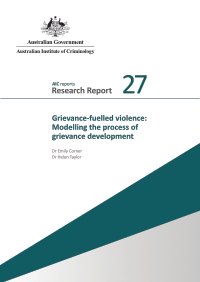U.S.Court of Appeals 5th Circuit. No. 23-30033
700 F.3d 185 (5th Cir. 2012) (“NRA I”), this court upheld those provisions. But that decision, which was criticized at the time, see National Rifle Ass’n, Inc. v. Bureau of Alcohol, Tobacco, Firearms, & Explosives, 714 F.3d 334, 341 (5th Cir. 2013) (“NRA II”) (Jones, J., dissenting from denial of rehearing en banc), preceded two recent clarifying Supreme Court opinions on the methodology by which we construe gun regulations under the Second Amendment. We are now compelled to focus intently on the evidence of firearm access and ownership by eighteen-to-twenty-year-olds near and at the founding, and we conclude that (1) NRA I is incompatible with the Bruen and Rahimi decisions of the Supreme Court, and (2) these provisions are inconsistent with the Second Amendment. Accordingly, we REVERSE the district court’s contrary judgment and REMAND for further proceedings consistent with this opinion..
Appeal from the United States District Court for the Western District of Louisiana USDC No. 6:20-CV-1438. 29p.





















